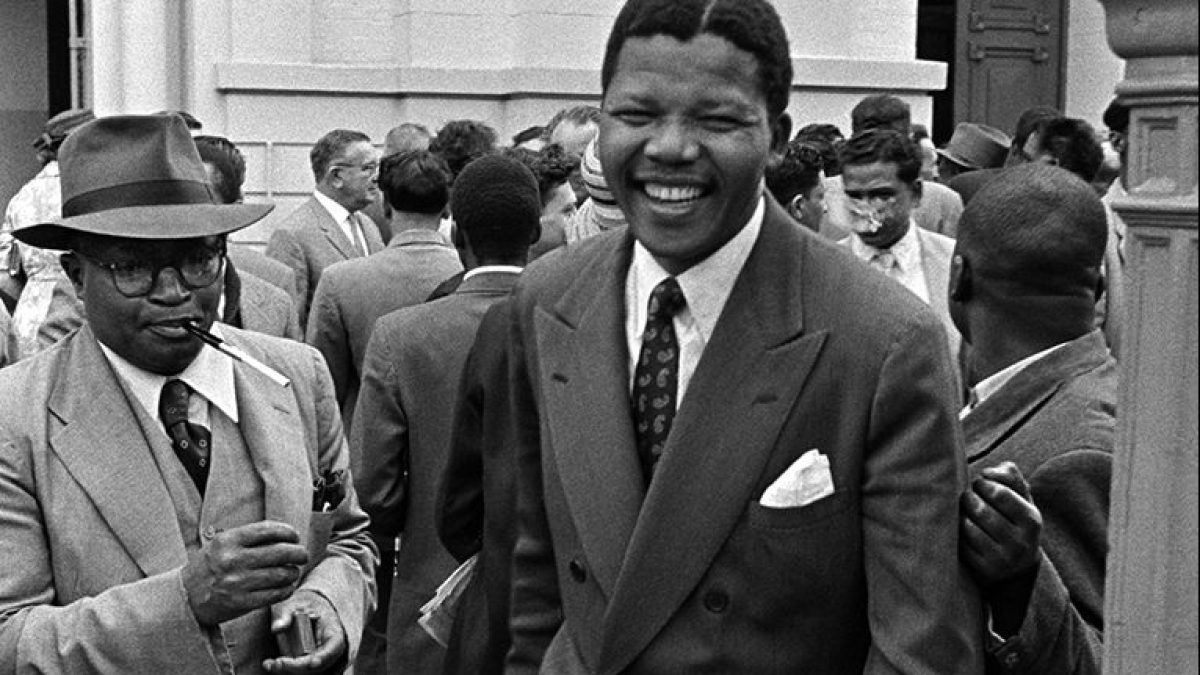
In 1948, apartheid was officially implemented in South Africa, a system of white supremacy, segregation, and inequality. This oppressive system created strict boundaries between races, leading to increased restrictions and discrimination against non-white individuals. Despite this, resilient communities in Johannesburg continued to resist the apartheid laws.
Before his passing in 2020, Jurgen Schadeberg shared some of his most iconic images and the stories behind them with Al Jazeera. As a young photographer for Drum magazine in the 1950s, Schadeberg captured the vibrant and diverse communities of Johannesburg despite the government’s efforts to erase all signs of multiracialism from the streets. His lens documented the resilience and resistance of the people he encountered. He immortalized leading figures of the struggle against apartheid such as Oliver Tambo, Miriam Makeba, and Nelson Mandela himself.
Schadeberg’s photographs were not only a testament to the struggle against apartheid but also served as a reminder of the importance of diversity and inclusion in South Africa’s future. The legacy of Jurgen Schadeberg lives on through his powerful photographs that continue to tell the story of South Africa’s fight against oppression. The first multiracial democratic election in South Africa was held on April 27, 1994, marking the end of apartheid and the beginning of a new era with Nelson Mandela as the country’s first Black president.





:quality(75)/cloudfront-us-east-1.images.arcpublishing.com/elcomercio/NQAWMOYNIJFMJBDIZ6ZG5AH23E.jpg)